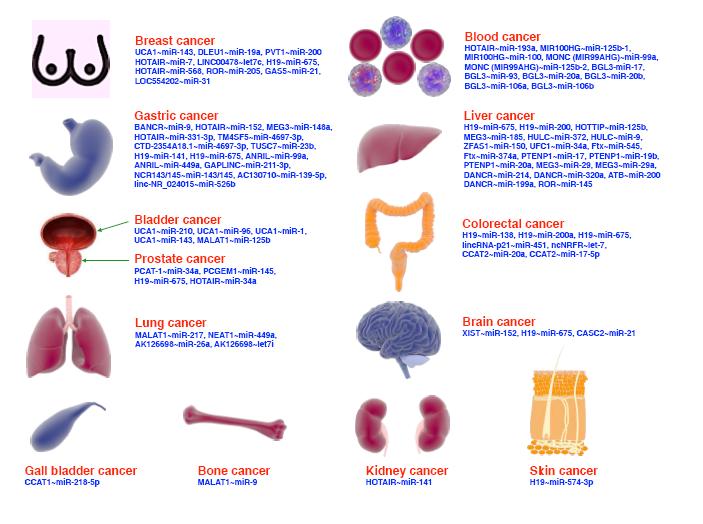To show that a new drug is better than, as good as, or no worse than that of a known effective drug. Theoretically, it is necessary to confirm the efficacy of a treatment, but the current practice of clinical trial suggests that there exists many problems in its confirmation including the objectives of clinical investigation vary based on the fact that more and more clinical trials use active controls. Applied statistical methods have to adapt to these changes. In this paper, we illustrated some statistical issues of confirming efficacy in clinical trials, including its conditions, the determination of clinical margin, the forms of the null and alternative hypothesis and confidence intervals, the choice of endpoints and some miscellaneous considerations. We bly suggests that it is necessary to make biostatisticians and clinical trialists understand the importance of using the right statistical methods when investigating clinical trials. We also think these methods introduced in the paper may provide some help in trial design and evaluation.
Citation:
YAO Chen,LIU Yu xiu. Some Statistical Issues of Confirming Efficacy in Clinical Trials. Chinese Journal of Evidence-Based Medicine, 2005, 05(3): 242-245. doi:
Copy
Copyright © the editorial department of Chinese Journal of Evidence-Based Medicine of West China Medical Publisher. All rights reserved
| 1. |
方积乾, 陆盈, 主编. 现代医学统计方法[M]. 第1版. 北京: 人民卫生出版社, 2002. p. 357~385.
|
| 2. |
刘玉秀, 姚晨, 陈峰, 陈启光, 苏炳华. 非劣效性/等效性试验中的统计分析[J]. 中国临床药理学杂志, 2000; 16(6): 448~452.
|
| 3. |
刘玉秀, 姚晨, 陈峰, 陈启光, 苏炳华. 非劣性/等效性试验的样本含量估计及把握度分析[J]. 中国卫生统计, 2004; 21(1): 31~35.
|
| 4. |
ICH Harmonised Tripartite Guideline. Statistical principles for clinical trials[EB/OL]. Available from: http://www.ich.org/pdfICH/e9.pdf,1998.
|
| 5. |
Hwang IK, Morikawa T. Design issues in noninferiority/equivalence trials[J]. Drug Inf J, 1999; 33: 1 205-1 218.
|
| 6. |
Chuang-Stein C. Clinical equivalence - a clarification[J]. Drug Inf J, 1999; 33: 1 189-1 194.
|
| 7. |
Redmond CK, Colton T, eds. Biostatistics in Clinical Trials[M]. Chichester: John Wiley & Sons Ltd; 2001. p. 179-183, 403-405.
|
| 8. |
Fang JQ, Lu Y. Advanced Medical Statistics[M]. 1st ed. Beijing: People’s Medical Publishing House, 2002. p. 357-385.
|
| 9. |
Liu YX, Yao C, Chen F, Chen QG, Su BH, Sun RY. Statistical issues in noninferiority/equivalence trials[J]. Chin J Clin Pharmacol, 2000; 16(6): 448-452.
|
| 10. |
Liu YX, Yao C, Chen F, Chen QG, Su BH. Sample size determination and power analysis for noninferiority/equivalence trials[J]. Chinese Journal of Health Statistics, 2004; 21(1): 31-35.
|
| 11. |
Morikawa T, Yoshida M. A useful testing strategy in Phase Ⅲ trials: Combined test of superiority and test of equivalence[J]. J Biopharm Stat, 1995, 5(3):297-306.
|
- 1. 方积乾, 陆盈, 主编. 现代医学统计方法[M]. 第1版. 北京: 人民卫生出版社, 2002. p. 357~385.
- 2. 刘玉秀, 姚晨, 陈峰, 陈启光, 苏炳华. 非劣效性/等效性试验中的统计分析[J]. 中国临床药理学杂志, 2000; 16(6): 448~452.
- 3. 刘玉秀, 姚晨, 陈峰, 陈启光, 苏炳华. 非劣性/等效性试验的样本含量估计及把握度分析[J]. 中国卫生统计, 2004; 21(1): 31~35.
- 4. ICH Harmonised Tripartite Guideline. Statistical principles for clinical trials[EB/OL]. Available from: http://www.ich.org/pdfICH/e9.pdf,1998.
- 5. Hwang IK, Morikawa T. Design issues in noninferiority/equivalence trials[J]. Drug Inf J, 1999; 33: 1 205-1 218.
- 6. Chuang-Stein C. Clinical equivalence - a clarification[J]. Drug Inf J, 1999; 33: 1 189-1 194.
- 7. Redmond CK, Colton T, eds. Biostatistics in Clinical Trials[M]. Chichester: John Wiley & Sons Ltd; 2001. p. 179-183, 403-405.
- 8. Fang JQ, Lu Y. Advanced Medical Statistics[M]. 1st ed. Beijing: People’s Medical Publishing House, 2002. p. 357-385.
- 9. Liu YX, Yao C, Chen F, Chen QG, Su BH, Sun RY. Statistical issues in noninferiority/equivalence trials[J]. Chin J Clin Pharmacol, 2000; 16(6): 448-452.
- 10. Liu YX, Yao C, Chen F, Chen QG, Su BH. Sample size determination and power analysis for noninferiority/equivalence trials[J]. Chinese Journal of Health Statistics, 2004; 21(1): 31-35.
- 11. Morikawa T, Yoshida M. A useful testing strategy in Phase Ⅲ trials: Combined test of superiority and test of equivalence[J]. J Biopharm Stat, 1995, 5(3):297-306.




